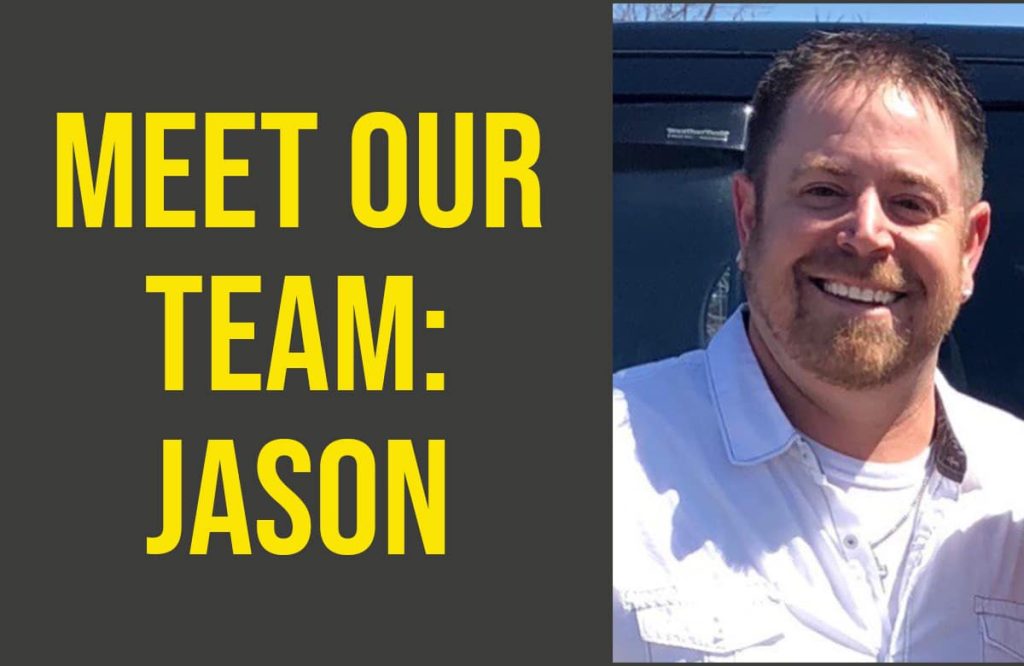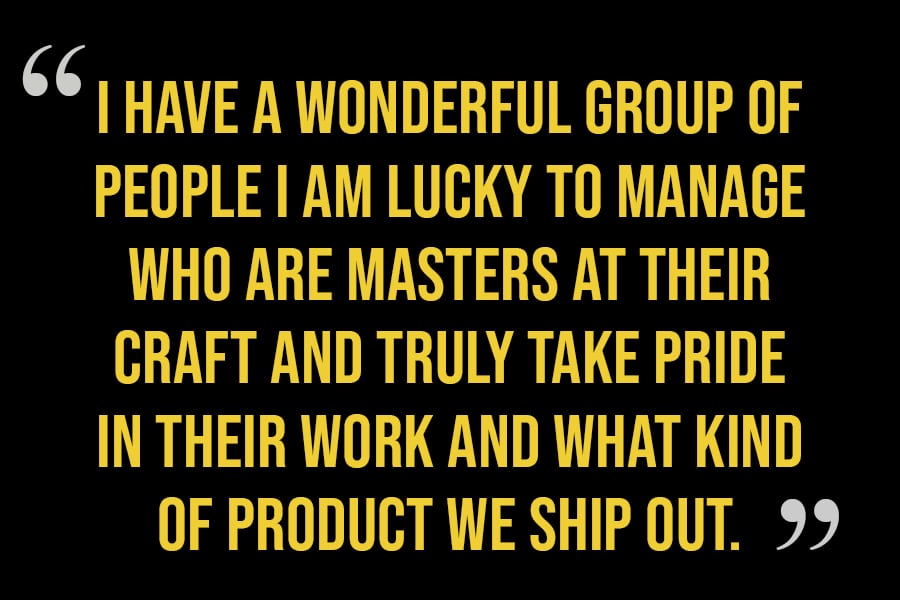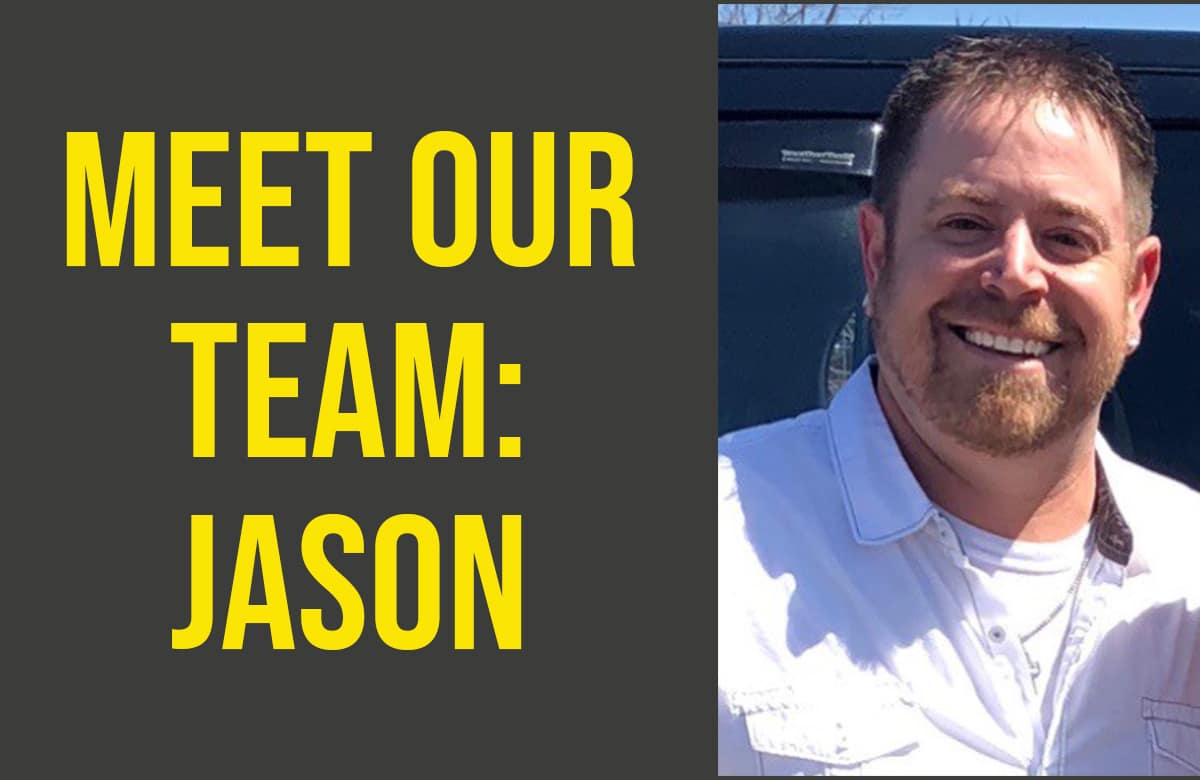At DJ Products, we have an incredible team of employees that work hard and help keep our business running strong. From Sales to Production to every role in-between, each and every team member plays an important role in the success of our company. Meet our team!
Title: Production Manager

Responsibilities:
Managing all the shop employees in the assembly area, QC dept., crating dept. and warehouse. I also oversee the welding and work closely with our welding manager. One of my main responsibilities is to keep the flow of product running through the shop to keep our lead times as low as possible and also to ensure we have quality products shipping out to our customers.
Can you explain your role?
My main role is to process the orders the sales reps send in. I ensure these are sent to our shop employees to be built within the anticipated lead times and then sent to the QC dept for inspection and finally shipping.
How long have you worked at DJP?
22 years.
Before you came to DJP, what did you do? Any relevant industry experiences?
I started working here part-time during my last year of college and then started up full-time after I graduated. Before this, I worked at a golf course in the pro shop.

What would you describe as your specialty/specialties and why?
I think my specialty is working with all the different departments in the company to help produce quality products that our customers love.
What’s your favorite thing about your job or working at DJ Products?
I think my favorite thing about working at DJ Products is working with all the departments in helping create, build and sell an amazing product. I have a wonderful group of people I am lucky to manage who are masters at their craft and truly take pride in their work and what kind of product we ship out.
What do you like to do in your free time?
I have four children so a lot of my free time after work is spent with them and my fiancé. We love to go camping on the weekends, take the boat out in the summer, go four wheeling and ice fishing. I also love to grill and BBQ.
Favorite T.V. Shows?
I watch a lot of realty shows like “Life Below Zero”, “Diners Drive-In’s and Dives”, and “BBQ Pitmasters.” I also love to watch just about all sports on TV.
How do you like your coffee?
A little bit of creamer and sugar.
